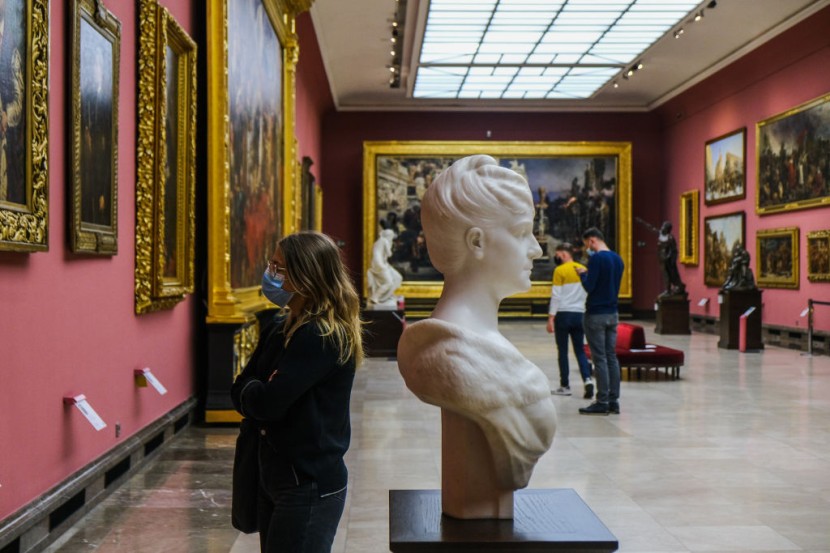
Two hand-carved sandstone lintels dating back to the 9th and 10th centuries were returned to the Thailand government on Tuesday in a ceremony over 50 years overdue. According to authorities, the 1,500-pound (680-kilogram) antiquities were stolen and exported from Thailand, which contravenes Thai law, roughly a half-century ago. They were donated to San Francisco City.
The US acquired a settlement in its lawsuit in which the City and County of San Francisco consented to the forfeiture of its two Thailand lintels to the US, declared Homeland Security Investigations (NorCal) Special Agent in Charge, Tatum King, and US Attorney David L. Anderson of the Northern District of California. On October 27 last year, the US issued a complaint to forfeit the two Thai lintels displayed at the San Francisco Asian Art Museum.
1,500-Pound Stone Lintels
An intricately carved sandstone slab immediately caught the attention of Tanongsak Hanwong, an archaeologist. He was initiating research for his doctorate at Burapha University in Thailand when he came across an article regarding two Thai antiquities at the Asian Art Museum of San Francisco. One of them featured the Buddhist and Hindu god Yama seated on a buffalo over a Kala monster face motif, reported Los Angeles Times.
San Francisco, the museum owner, agreed to hand over the ancient sandstone slabs after a three-year probing by the United States Department of Homeland Security and a civil lawsuit. In northeastern Thailand, the lintels had been structural parts of two religious sanctuaries, reported AP News.
In the 1960s, records displayed the lintels had been acquired by a collector and Paris galleries in London, as indicated in the civil complaint. According to the complaint, Avery Brundage, the collector, was reportedly aware that at least one of the lintels had been illegally taken out of Thailand. Brundage, an infamous former president of the International Olympic Committee who donated the art to establish the museum, passed away in 1975.
The Thai lintels are two 1,500-pound hand-carved or relics. According to the complaint, they were initially part of ancient religious temples in Thailand. They are prime examples of the material art traditions of Southeast Asian art and ornamental lintel. The religious lintels were claimed to have been exported from Thailand in contravention of Thai law more than 50 years ago, reported the United States Department of Justice.
A second architectural lintel was discovered in the museum's online records. The two lintels originated from temples that Thailand had registered in the mid-1930s as ancient national monuments.
The museum affirms that authorities conflated the two lintels with a third. Brundage returned to Thailand in 1970 when he discovered it could have been illegally removed from the nation, according to Robert Mintz, deputy director of the Asian Art Museum. The third lintel was not a part of the San Francisco art collection. According to museum officials, there is no evidence Brundage knew the other two lintels could have been stolen.
Related Article: Chris Pratt Faces Backlash in Social Media for Religion, 'Avengers' Co-Stars Come To His Defense
© 2025 HNGN, All rights reserved. Do not reproduce without permission.








